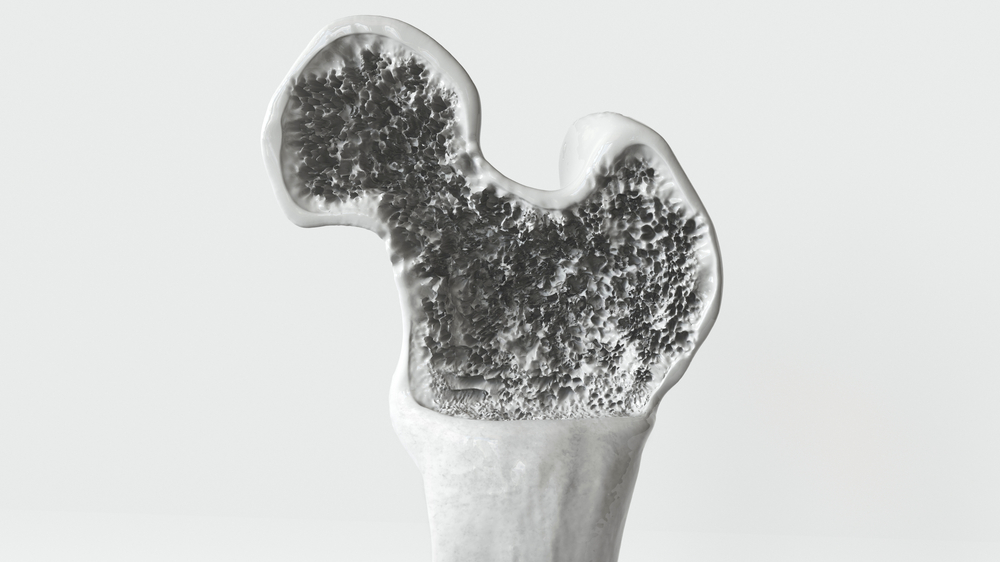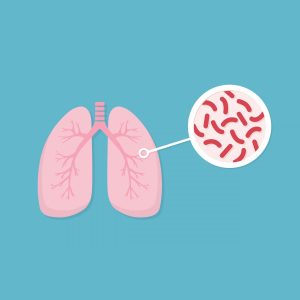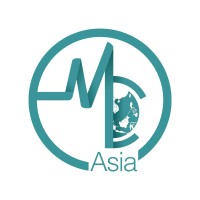Brittle Bone Disease is a genetic disorder, whereby there is a defect in the production of type 1 collagen, the major protein of the bone matrix. This causes low bone mass and other tissue manifestations. Understand more about the background of this heritable condition of connective tissue in our article.
Brittle bone disease is also medically known as osteogenesis imperfecta or fragilitas ossium. Persons suffering from this disease usually have congenital osteopenia with increased bone fragility, low bone mass, and other clinical tissue manifestations like dental abnormalities, lax joints, and thin skin.
PSA: Medical Channel Asia (MCA) is now on Telegram! Join us here https://t.me/MedicalChannelAsia for daily reads and the latest updates at your fingertips!
Epidemiology of Brittle Bone Disease
It is a rare disease occurring in 1 person among 20,000 live births with equal frequency among males and females. Brittle bone disease can occur at any age, with no apparent age whereby symptoms will start to show. The disease also appears to have no predilection for a particular race. About 58 to 90% are autosomal dominant and 10 to 15% are autosomal recessive.
Clinical Features
The hallmark feature of brittle bone disease is that bone fractures easily. The clinical triad is:
- Fragility of bone
- Blue sclera (outer part of the eyeball)
- Deafness
Other clinical features may include the following:
- The propensity to fracture even with minor trauma, often without pain and swelling
- Fractures recurring throughout childhood
- Easy bruising
- Thin, loose skin
- Hyper-flexible joints
- Discoloured and decayed teeth
- Macrocephaly (i.e., increased head circumference)
- Limb and spine deformities (including curved limbs and scoliosis – curvature of the spine)
- Growth retardation
- Triangular face
- Muscle fatigue
- Brittle and underdeveloped teeth
- Hearing loss later in adulthood (due to bony deformities in the inner and middle ear)
Diagnosis
The diagnosis is usually made by a complete family and medical history, coupled with physical and laboratory examinations. The following diagnostic tests are recommended:
- X-rays: The X-ray findings include thinning of long bones, fractures in various stages of healing, vertebra, and spinal fractures
- Lab test: Routine investigations are performed to rule out other causes i.e. rickets
- DEXA (dual-energy X-ray absorptiometry): This investigation can be used to assess bone mineral density in children. It is low in patients suffering from brittle bone disease
- A bone biopsy may show changes in the concentration of non-collagenous bone protein
- A skin biopsy may isolate collagen from cultured fibroblasts and assess for defects
- Testing during pregnancy ultrasonography and amniocentesis
Differential diagnosis
A wide variety of disorders are associated with recurrent fractures due to bone fragility, and the mechanisms of bone fragility may be due to either increased or decreased bone density. Differential diagnoses of brittle bone disease in neonates and children include:
- Battered child syndrome
- Prematurity
- Hypophosphatasia
- Menkes disease
- Idiopathic juvenile osteoporosis
- Celiac disease
Complications
Complications are quite common and affect multiple body systems in a patient with brittle bone disease. The risk of developing complications is directly proportional to the severity of the disease. Complications may include the following:
- Recurrent respiratory infections, such as pneumonia
- Heart problems such as weak heart valve function
- Kidney stone
- Joint problems such as joint pain and laxity
- Eye conditions such as diminished vision of the eye
- Hearing loss
Managing Brittle Bone Disease
There is no cure for brittle bone disease. The main goal of management is to prevent fractures and deformities. General measures to prevent trauma, maintain movement, and encouragement of social adaptation are very important. This includes:
- Fracture care: Normal casts usually harm patients with brittle bone disease. Light material casts are used to immobilise the fractured bone. Early mobilisation of the fractured bone is usually advised.
- Medication: Medicines like bisphosphonates are prescribed. It increases bone mass which helps to strengthen bones. This decreases the possibility of fracture and increases weight-bearing and mobility. Bisphosphonates can be given either orally or intravenously, depending on the type.
- Traction: It is used to reestablish bone alignment by applying force to the body part.
- Use of orthotics: Wheelchair, braces, and other aids.
- Surgery: Nonunion fractures may require surgery in some cases. Rods are added to strengthen the bone.
- Physiotherapy: It helps to strengthen muscles and gently improve mobility.
Regardless of the type of treatment patients receive, maintaining or improving muscle and bone strength are goals for those with brittle bone disease.
Helping Patients with Brittle Bone Disease
The mainstay of the disease is to help patients maintain their quality of life. The following can be done:
- Avoiding fractures: Proper nursing of patients will help in avoiding injuries.
- Avoiding infections: Timely vaccination and proper hygiene will reduce the chance of catching an infection.
- Pain Management: Fractures and deformities are very painful conditions. Analgesics and immobilisation will help to ease off the pain.
- Psychological support: Emotional support and group discussions can help improve mental health.
- Weight management
Early Detection of Brittle Bone Disease
Though anyone can be born with the disease, people with a family history of the disease are at greater risk of inheriting the disease through a transfer of abnormal genes from one or both parents. Ultrasonography is most useful in the evaluation of brittle bone disease, usually at 15-18 weeks of gestation.
Conclusion
Brittle bone disease is a rare inherited and genetic disorder of connective tissue with the common feature of the extensive weakness of bone. Diagnosis of this medical condition is usually made clinically, although medical and family history is important pieces of information for the diagnosis as well. Although there is currently no cure for this disease, supportive measures such as the use of bisphosphonates, physiotherapy, and orthotics are important management tools for patients suffering from this genetic disorder.













